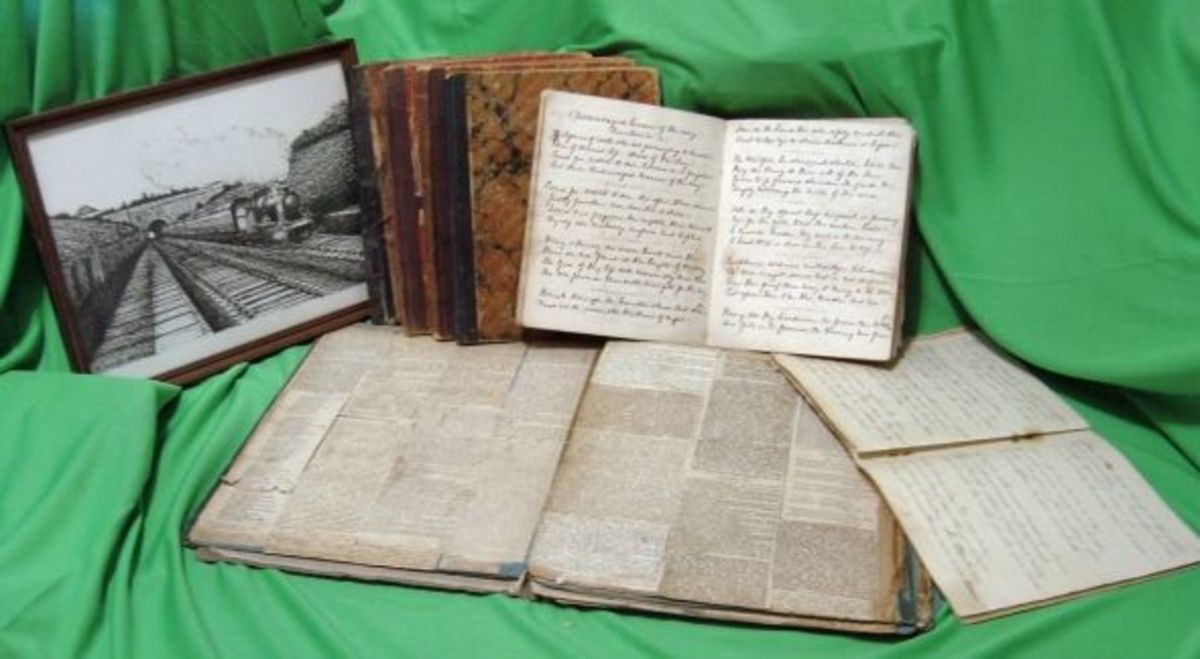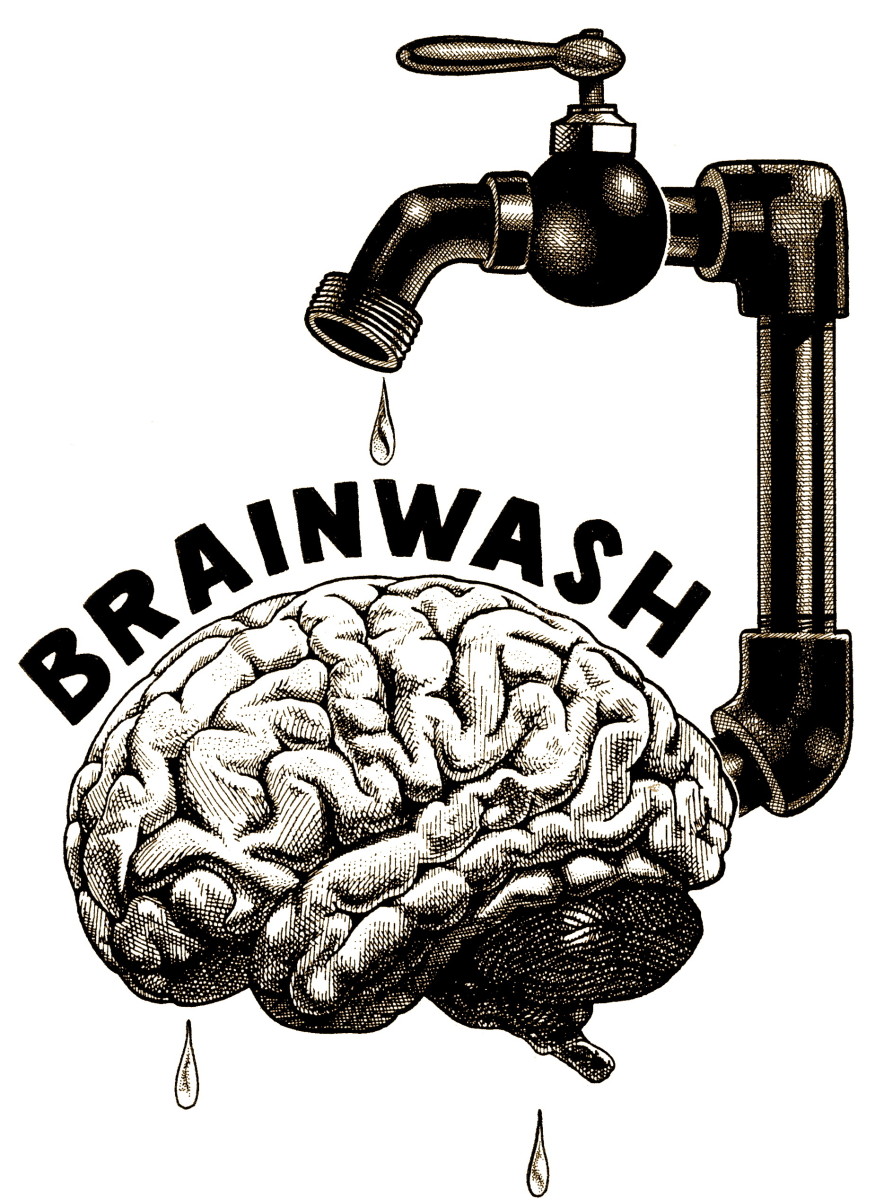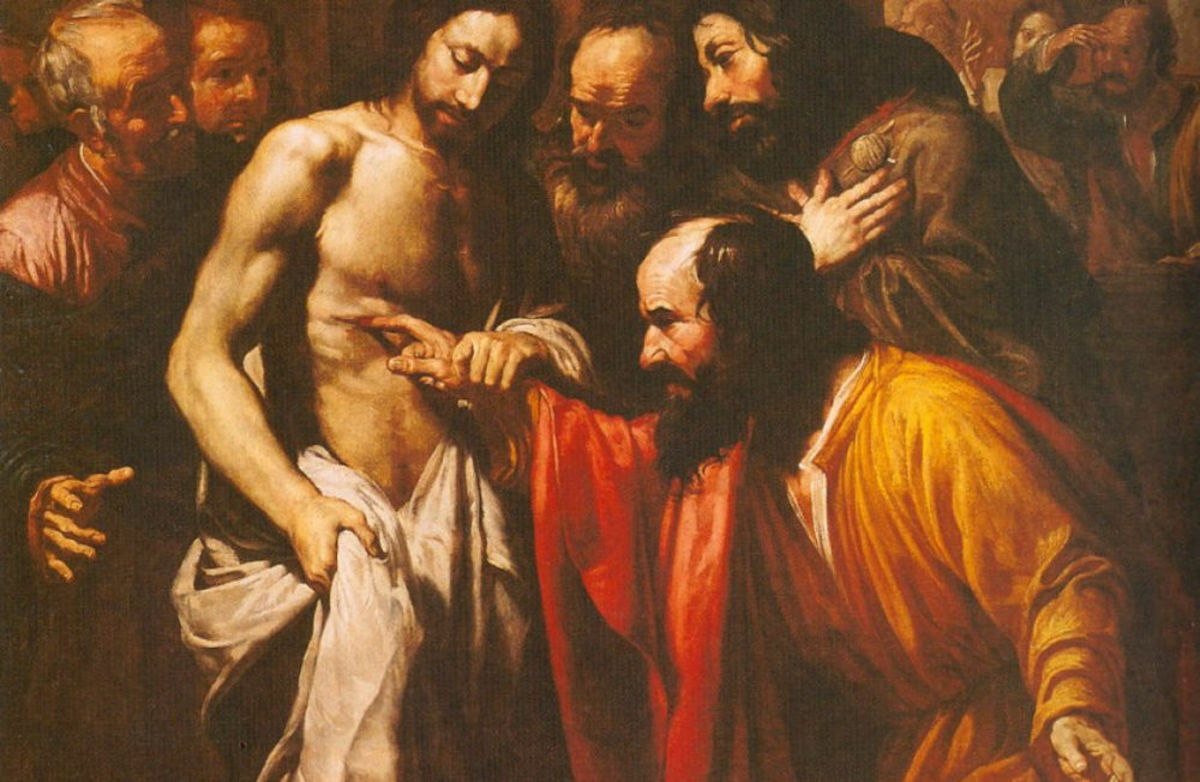Thomas E. Dewey and Arthur Vandenberg: How Two Michigan Lives Changed the American Mid-Century
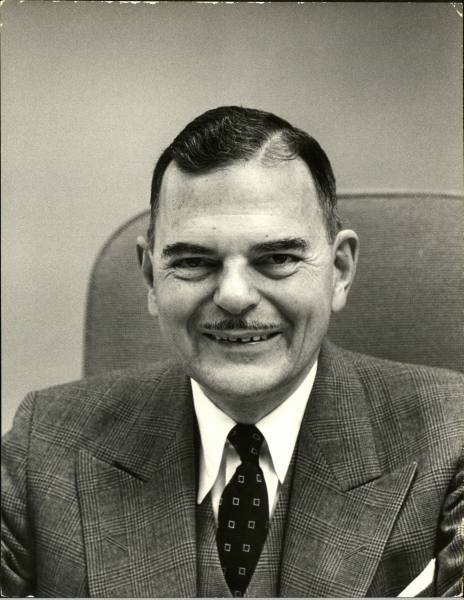
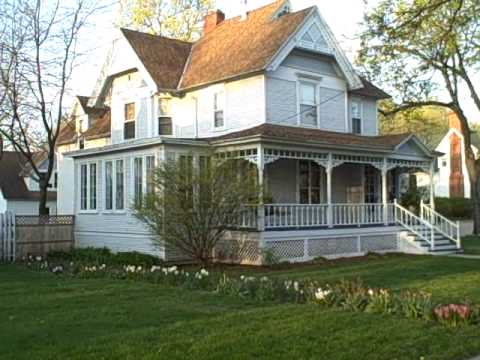
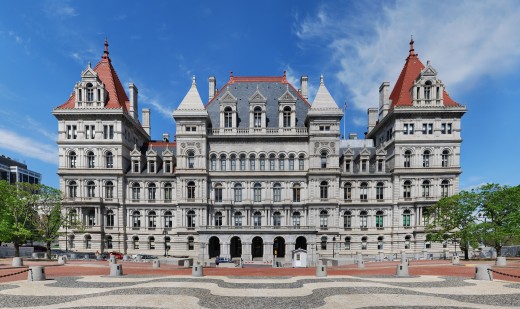
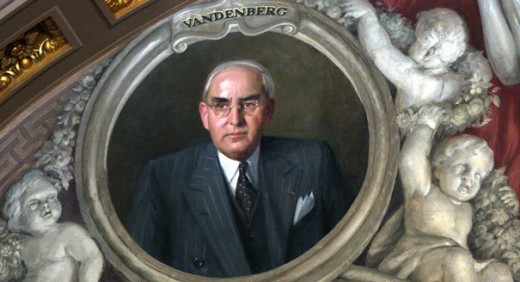

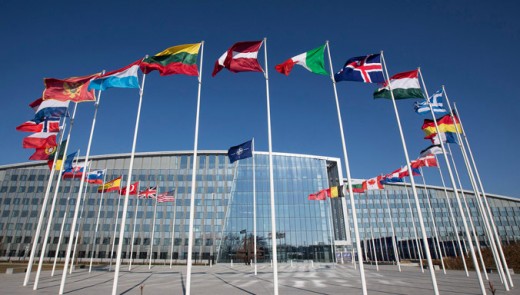

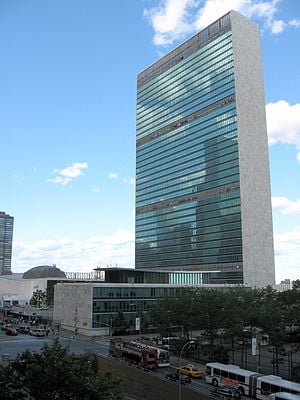
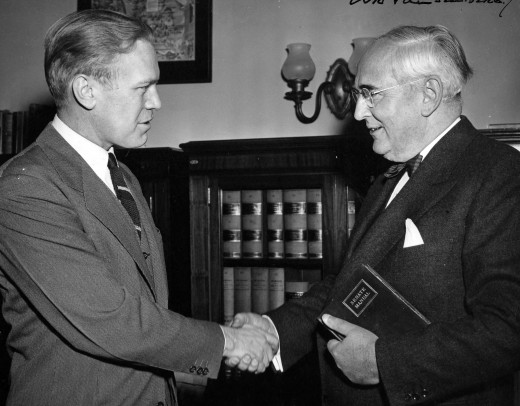
Why Michigan Impacted National and International Politics
Thomas E. Dewey and Arthur Vandenberg were two prominent politicians of the middle of the last century. Both came from ordinary Michigan roots, yet both had large impacts on American and international politics and culture. Both used Michigan as a springboard to fame. Both were what might be called "Modern Republicans" in that they coincided with centrist tendencies instead of extreme right wing ones in those times. This more moderate focus was favored and pursued by Dwight D. Eisenhower and Richard Nixon as opposed to Joseph McCarthy and later Barry Goldwater and Ronald Reagan. With Vandenberg especially, a strong bent toward internationalism could be discerned throughout his entire federal career. Although Dewey was more domesticated, he also showed an international inclination in his frequent attempts to win the presidency. Each man should be evaluated separately, before noting their points of similarity.
Thomas E. Dewey
Thomas E. Dewey was born in Owosso in 1902. He was educated at the University of Michigan and at Columbia Law School in New York, where he distinguished himself academically. He soon became Attorney for the Southern District, and was a personal favorite of Fiorello LaGuardia, arguably New York's greatest mayor of all time. He was an extremely successful prosecutor, gaining many notable convictions, including Dutch Schultz and deporting Charles "Lucky" Luciano back to Naples. His prosecutorial abilities brought him to local and national political attention. As early as 1940, he was a serious contender for president in the convention at Philadelphia. He then was elected governor of New York, and in 1944, he held Franklin D. Roosevelt to his smallest margin of victory in all of his four presidential campaigns. He was again the logical favorite to win the Republican nomination in 1948, and he actually enjoyed a lead over incumbent Harry S Truman going into Election Day. However, during the overnight hours, Truman came up from behind to win that race by a comfortable spread. Although that was as close as Dewey ever got to the White House, he stayed active in Republican circles, and approached Dwight D. Eisenhower to run for national office in 1952. Dewey then retired as New York's governor and resumed private law practice. He joined and reformed the firm of Dewey-Ballantine, today virtually synonymous with the high honor of being a "white shoe" firm, the top designation in the legal profession. His later years passed quietly, in contrast to his earlier eventful career.
Arthur H. Vandenberg
Arthur H. Vandenberg was another distinguished son of Michigan who had a decisive impact on domestic and foreign policies in the last century. Originally a newspaperman, he was appointed to the Senate by former governor Fred Green in 1928 upon the death of Woodbridge Ferris, a Democrat. He had been the editor of a Grand Rapids newspaper but did not have a lengthy political resume otherwise. At first an ardent isolationist, or-perhaps more accurately- nationalist he gradually evolved into an internationalist, influenced both by the Second World War and the following Cold War years. Naturally, the cosmopolitan atmosphere of Washington helped to sensitize him to the sophisticated nature of global affairs and thinking. He had earlier been considered a possible candidate for Vice President to run with Alf Landon in 1936, but was a more serious presidential possibility in 1940 and 1948. However, this never came about. Instead, he will always be remembered for his bipartisan support of internationalist measures such as the United Nations, NATO, the Truman Doctrine and the Marshall Plan. Indeed, it was Vandenberg who called the UN General Assembly the "town meeting of the world." In the late 1940's, he welcomed then young Representative Gerald R. Ford as an unofficial understudy, and profoundly shaped Ford's later outlook on international politics. Clearly, Vandenberg helped to stabilize American policy in the uncertain postwar climate of the times. In 1950, he revealed that he had cancer, and died in 1951.
Their Legacies
When assessing these two mid-century Americans, one looks for more than just mere physical monuments to their memories, such as the New York State Thruway, a 559- mile long ribbon officially known as the Thomas E. Dewey Thruway, or Vandenberg Air Force Base in California, named for a nephew of the late senator. They deserve a more analytical study. While Dewey ran for the White House three times, he never attained the highest post in this land. Therefore, his impact was less at the national and international levels than in New York. Vandenberg, by contrast, had a profound influence on bipartisan policymaking in the 1940's and into the 1950's, although he never landed on a national ticket. While it is true that all American states have contributed famous sons to political life, Dewey and Vandenberg stand out as unique representatives of this broader American cultural experience, and demonstrate how great lives and decisions can always be traced back to local roots, even if they did not at first seem marked for glory.

